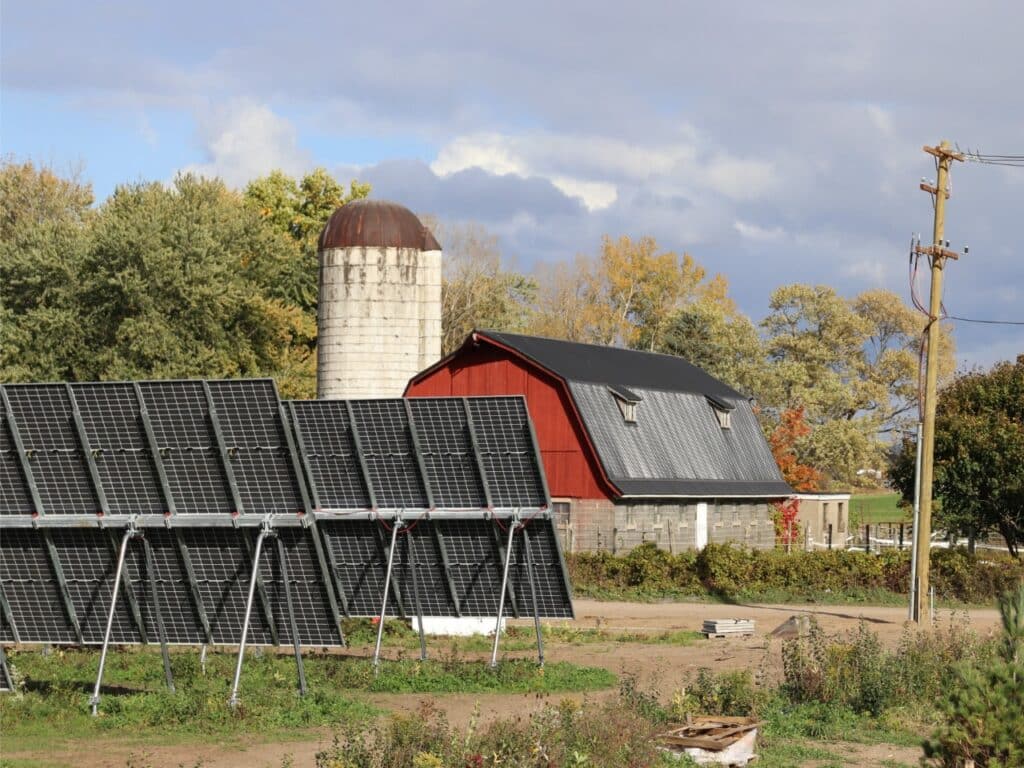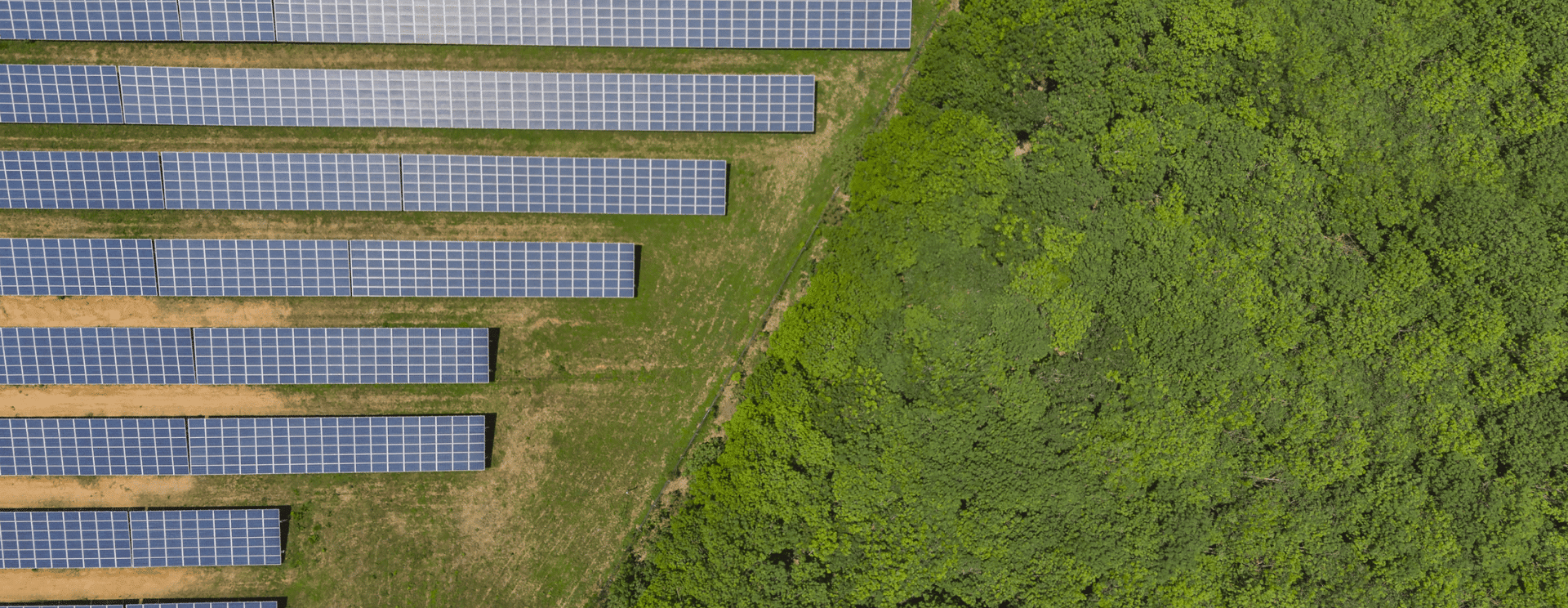How Do Solar Investment Tax Credit Adders Work?

When it comes to the government, there’s no such thing as a simple, straightforward solution.
Unfortunately, for developers, financiers, and engineering, procurement, and construction companies, known as EPCs, that means knowing when, how, and where projects qualify for federal solar tax credits. Without them, it’s harder to complete jobs quickly and effectively.
When the Inflation Reduction Act of 2022 was signed into law, it opened the door for a massive uptick in tax credits for solar. However, not everyone qualifies for all the tax credits, and plenty of intricate rules must be followed to receive them.
Projects can qualify for ITC solar credits up to 60%, with adders tied to domestic materials and products, location, and low-income communities.
But what projects qualify for federal funding?
What is the Base ITC Credit?
When the Inflation Reduction Act was signed into law, it extended the shelf life of the Investment Tax Credit (ITC) for solar installations and increased its value.
From now until 2032, solar credits for projects are 30% and apply to businesses and homeowners. After 2032, the credit decreases until it’s finally sunset. For utility-scale solar projects larger than 1MW, the tax credit is 6% but rises to 30% if several criteria are met.
But what are the criteria, you ask?
For starters, a project qualifies for the 30% credit if workers are paid prevailing wages. The project also requires a certain number of apprentices to perform the work. There are also rules for apprentice-to-journeyman worker ratios, as outlined by the Department of Labor.
Accessing the 10% ITC Adder
Qualifying for the 10% domestic production adder requires projects to satisfy three criteria:
- Must be in the United States or an associated territory
- Must use new or like new equipment (cannot exceed a certain threshold of used parts)
- Cannot be leased to a tax-except entity
The first 10% Investment Tax Credit available is the domestic content adder. As the name implies, projects must use a certain percentage of U.S.-produced materials to qualify. In the case of steel and iron, 100% of those materials must be U.S.-made as outlined by American Iron and Steel (AIS) rules, meaning everything from sourcing to final finishing has to take place in the United States.
With that said, the domestic content adder does not apply to subcomponents used for the project, including nuts, bolts, washers, etc.
Meeting the Project Threshold
As with any federal funding project, businesses must meet certain criteria before accessing the federal tax credit.
For the 10% ITC adder, manufactured products must comprise at least 40% of the total project cost. Over time, the threshold will rise, meaning more domestic products are needed to receive funding.
Offshore wind projects will follow a similar rising threshold schedule, but only 20% of the total cost-adjusted percentage needs to be tied to U.S. manufactured products for now.
The percentages increase over time, as seen in the table below.
| Year | Domestic Product Threshold – Solar | Domestic Product Threshold – Offshore Wind |
| Before 2025 | 40% | 20% |
| 2025 | 45% | 27.5% |
| 2026 | 50% | 35% |
| 2027 | 55% | 45% |
The threshold for offshore wind will eventually reach 55% after 2027 to match solar projects.
Of course, the rules aren’t as black-and-white as one would hope, and there are breakdowns for how products are classified as domestic or foreign-made.
For example, only components mined or made in the U.S. count toward the total adjusted content rule. Let’s say you’re using a widget made with three components – two are domestically made, but the third was manufactured overseas. Although the widget was U.S.-made, you only get credit for the two domestically produced components.
The cost of the foreign-made component would be subtracted from the total cost of the widget, leaving you with the cost of the U.S.-made parts. Whatever that percentage is counts toward the total cost.
It’s a lot to manage, but the rule is simple: If a component, product, or material is made in the U.S., it counts! But besides the domestic manufacturing component associated with the adder, projects also need to meet one of several conditions, including:
- The project has an installed capacity of less than 1MW AC
- Construction began before Jan. 29, 2023
- It meets prevailing wage and apprenticeship requirements
Projects meeting one of these conditions are eligible for the 10% credit.
Concerns About the Threshold
One common concern from solar EPCs is the difficulty of hitting the domestic product threshold due to a lack of U.S.-based manufacturers for solar products.
Solar companies have had trouble getting ahold of critical solar power system parts, including solar panels, inverters, BOS components, and racking materials. As the threshold rises, some installers fear the 10% ITC will be too difficult to reach.
In 2022, the government issued a moratorium on solar tariffs, opening the door for cheaper panels and parts from Asian countries. Though it brings an influx of cheap parts to help installers catch up on delayed projects, they also jeopardize the chances of their solar energy system receiving the renewable energy tax credit.
Ramping Up Domestic Production
The moratorium was offered, in part, to keep solar projects moving while domestic manufacturers got up to speed.
While increased federal support is a boon for companies trying to take market share from foreign competitors, the investment is a long-term strategy that leaves current problems unsolved.
First Solar is the major solar panel producer in the U.S., but the company does not have the size to meet current demand. Other solar manufacturers include, but are not limited to, Heliene, Mission Solar, JinkoSolar, SunPower, Silfab Solar, and Hanwha Qcells, which all produce different parts of the BOS, but have also struggled to meet U.S. demand in recent years.
However, several brands, including Qcells, have announced expansion plans in the coming years to support increased demand. For example, Qcells’ expansion in Georgia will add 2,500 jobs and double production at the facility by 2024.
Other Available Solar Project Credits
It might seem too good to be true, but the 30% ITC credit can rise as high as 60% in certain situations.
Energy Community Bonus
Solar projects can earn an additional 10% credit for building in a former energy community. What’s an energy community? It’s a location that is either a former brownfield site or a facility where coal, oil, or natural gas are mined or converted into energy.
If the site isn’t a brownfield, the project could still qualify if it satisfies one of several other criteria, including:
- Either .17% direct employment OR at least 25% of local tax revenue from coal, oil, or natural gas production or storage AND an unemployment rate higher than the national average
- Housed a coal mine that closed after 1999 OR a coal electric plant retired after 2009
Although many parts of the country qualify under at least one of these conditions, some sections don’t, including much of the Midwest.
Keep in mind that energy communities should NOT be confused with low-income areas.
Low-Income Bonus
This 10% credit is awarded to solar projects that sell electricity to lower-income areas and is for solar installations smaller than 5MW.
What’s interesting about this clean energy adder is that it has two tiers. Projects receive a 10% ITC if they’re located in a low-income community or on Native American land. If the installation is a qualified low-income residential building project, which, according to the Office of Energy Efficiency and Renewable Energy, requires “financial benefits of the solar facility must be allocated equitably between the residents,” it receives a 20% ITC.
The Credits Are Complicated, But They Have to Be
When the government gets involved, it typically comes with heaps of regulatory red tape, but the complexity of this program is vital for a few reasons.
Tying an ITC or PTC to the program encourages solar companies to buy American-made products, bolstering the economy and decreasing reliance on foreign-made goods like solar panels, racking, and PV wire.
Programs like this also help with nearshoring and reshoring manufacturing efforts. When domestic goods are prioritized, installers benefit from lower shipping costs, including tariffs and duties, since the material has a shorter shipping distance.
With higher demand, companies can hire and support additional jobs in emerging industries. These careers often pay well and offer room for advancement, making it possible to make a living in a burgeoning market. It’s also important to consider where the jobs are going. Establishing companies and projects in economically depressed areas and locations where fossil fuel plants once stood keeps jobs in those communities and even adds new ones.
Credits Keep Solar Moving
The U.S. is moving toward a sustainable future, but can solar tax credits work?
Solar is surging in the United States, not just because it produces low-cost energy for communities alongside hundreds of thousands of jobs. Installations can stabilize the electrical grid using new technology, keeping the lights on in homes. As the technology improves, solar could be a low-cost alternative to fossil fuels, reliably producing clean, renewable energy.
Renewable energy still has a long way to go to become the primary power source for the U.S., but a monumental shift is possible with a clear focus on solutions.


